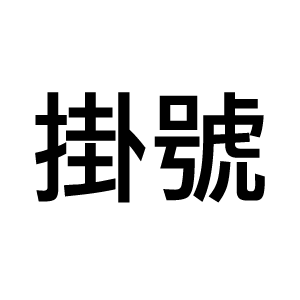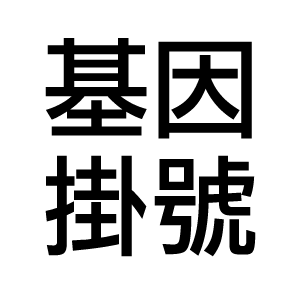Longitudinal Changes and Predictive Value of Choroidal Thickness for Myopia Control after Repeated Low-Level Red-Light Therapy
3Longitudinal Changes and Predictive Value of Choroidal Thickness for Myopia Control after Repeated Low-Level Red-Light Therapy
| Created | |
|---|---|
| Tags | CGMHOPH Pediatri,,Refraction |
| Journal | Ophthalmology |
| Status | 審查完成 |
| 校稿者 | 蕭靜熹 醫師 |
中文摘要
本篇研究報告指出,經過repeated low-level red-light (RLRL)治療1年後,近視兒童的視網膜脈絡膜厚度(mCT)有所改變,且此改變具有預測對於控制近視的治療效果的價值。該研究採用隨機對照試驗,比較RLRL與單視覺鏡片對於控制近視的效果,結果顯示RLRL治療相對於single-vision spectacle(單視覺鏡片)使用能夠減少69.4% axial elongation 和 76.6% spherical equivalent refraction progression。此外,該研究還證實RLRL治療可以促進mCT的增厚,這表明脈絡膜增加的血流可能是對控制近視效果的機制。然而,即使在至少75%的治療遵從度下,脈絡膜仍會變薄,原因仍需進一步研究。該研究建議,只需檢測3個月的mCT變化即可預測12個月的近視控制效果,並呼籲未來的研究應該進一步探討RLRL治療後脈絡膜增厚的機制。
English Abstract
This study aimed to evaluate longitudinal changes in macular choroidal thickness (mCT) in myopic children treated for one year with repeated low-level red-light (RLRL) therapy and their predictive value for treatment efficacy on myopia control. The study was a secondary analysis of data from a multicenter randomized controlled trial (RCT) evaluating the efficacy and safety of RLRL therapy on myopia control among Chinese children aged 8 to 13 years. The study found that RLRL induced sustained choroidal thickening over the full course of treatment, with macular choroidal thickness changes at 3 months alone being able to predict 12-month myopia control efficacy with reasonable accuracy. The study used fully automatic image segmentation with built-in software and only imaging after full cycloplegia to achieve high-quality mCT assessment. The predictive performance of 3-month mCT changes on myopia control efficacy was reliable, with retention rates in the RLRL group of 96.7% and 95.0% at 3- and 12-month follow-ups, respectively. The study concluded that early macular choroidal thickness changes after commencing RLRL therapy were significantly associated with myopia control efficacy at 12 months, and that mCT could be a potential biomarker of myopia. Further investigation is required to elucidate the mechanisms underlying choroidal thickening after RLRL therapy.



